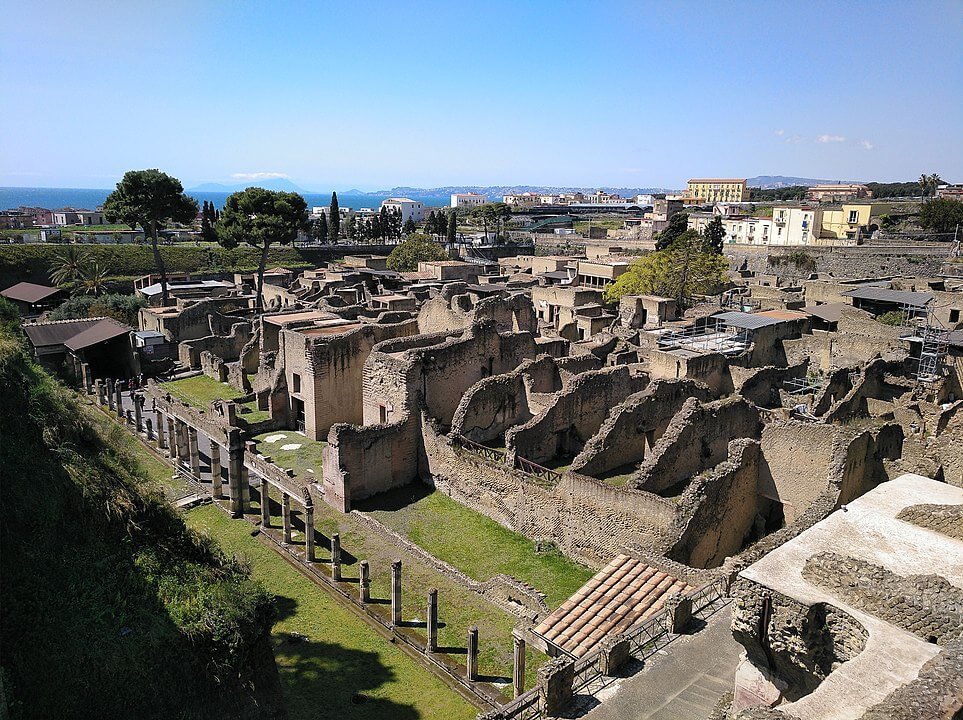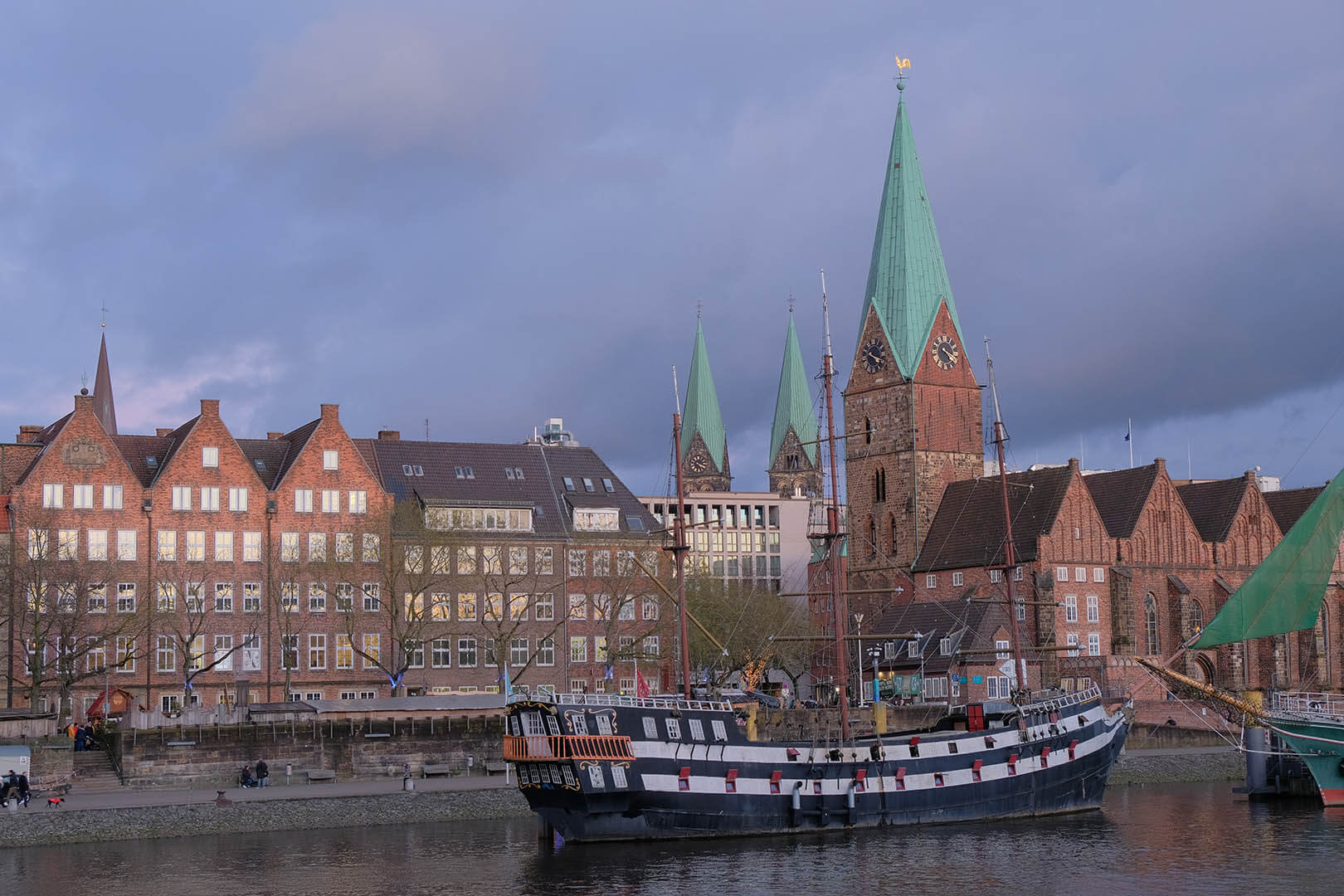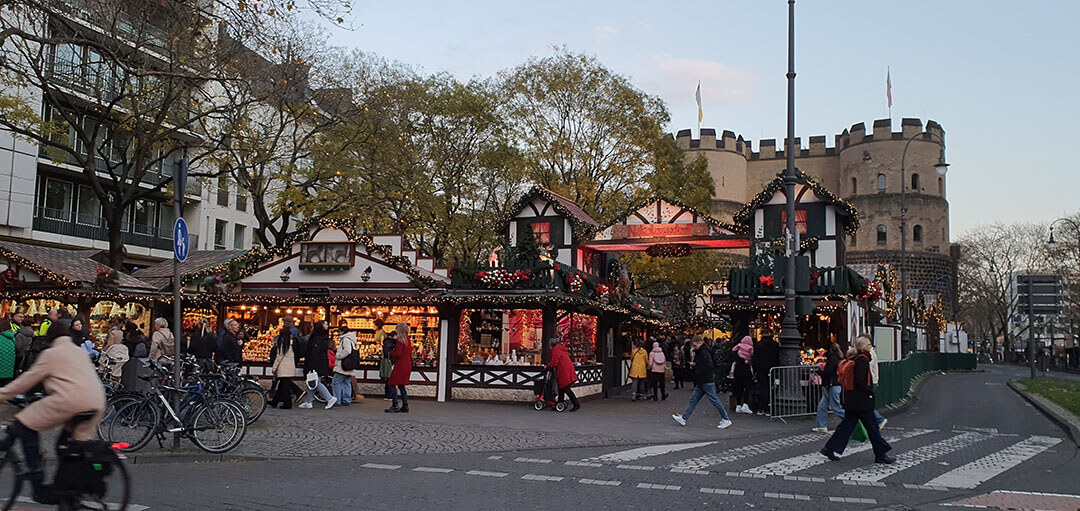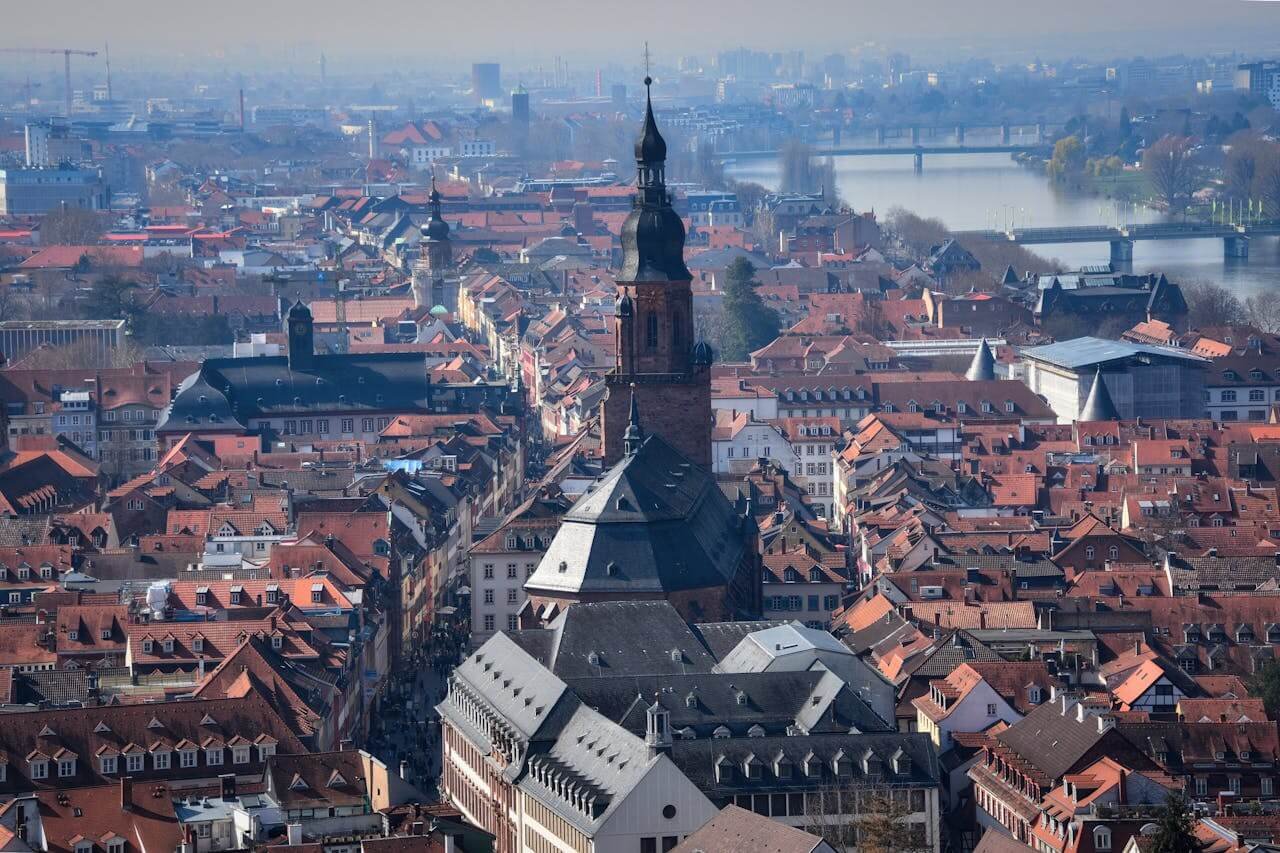Pompeii and Herculaneum are two ancient Roman cities that were famously preserved by the catastrophic eruption of Mount Vesuvius in 79 AD. While these two archaeological sites share many similarities, they also have several key differences that provide a fascinating glimpse into life in the ancient Roman world.
Visiting for the first time? Highly recommend you to take Pompeii guided tour with an archeologist.
Also you can take Herculaneum tour from Naples.

Size and Population
Pompeii was a larger city compared to Herculaneum. At its peak, Pompeii is estimated to have had a population of around 20,000 to 25,000 residents, making it a bustling urban center. Herculaneum, on the other hand, was smaller, with a population of around 4,000 to 5,000 people. This size difference is evident in the scale of the archaeological sites.
Layout and Architecture
The layout and architectural styles of Pompeii and Herculaneum reflect their differences in size and development. Pompeii boasts a more intricate and complex street grid, with grand public buildings and a wide variety of structures, including temples, theaters, and forums. Herculaneum, being smaller, has a more compact layout with narrower streets and a focus on luxurious villas and waterfront properties.
Preservation
Both cities were buried by the eruption of Vesuvius and remained hidden for centuries. However, the way they were buried and preserved differed. Pompeii was buried under a thick layer of volcanic ash and pumice, which helped to protect many of its buildings and artifacts. In contrast, Herculaneum was engulfed in hot pyroclastic flows, which preserved organic materials such as wood, papyrus scrolls, and even some of the city’s inhabitants in a unique and remarkable way.
Art and Decor
The artistic and decorative elements found in Pompeii and Herculaneum offer insights into the aesthetic preferences of their residents. Both cities contain stunning frescoes and mosaics, but the styles differ. Pompeii’s art exhibits a wider variety of influences, including Greek, Roman, and Egyptian motifs. Herculaneum’s art is known for its exceptional preservation and the vibrant colors that have endured through the centuries.
Wealth and Lifestyle
Herculaneum was considered a more upscale resort town compared to Pompeii. Many of Herculaneum’s villas, such as the Villa of the Papyri, were opulent and filled with luxurious decorations and amenities. Pompeii, while still prosperous, had a more diverse population and a mix of different social classes.
Rediscovery and Excavation
Pompeii was first rediscovered in the 16th century and became a major archaeological site in the 18th century. Herculaneum, however, was not rediscovered until the 18th century, and its excavation started later. As a result, Pompeii has been more extensively excavated and is more well-known to the public.
Pompeii and Herculaneum in one day?
Ultimately, the decision to visit both Pompeii and Herculaneum in one day or split your visit into two days will depend on your personal preferences, time constraints, and mobility. If you have the flexibility, allowing more time for each site can lead to a richer and more enjoyable experience. However, if you’re determined to see both sites in a single day, careful planning and prioritization are key to making the most of your visit.
My suggestion, relax and take guided tours I mentioned above, one at the time.
When is the best time to visit Pompeii and Herculaneum?
If you want to avoid the largest crowds, consider visiting in the shoulder seasons of spring or autumn. If you prefer milder weather and don’t mind crowds, spring and early autumn are ideal. Winter is the least crowded but comes with the trade-off of cooler and wetter weather. However, you’ll have the sites more to yourself. Summer can still be an enjoyable time to visit, if you can tolerate the heat and crowds. Just be sure to plan accordingly with water, hats, and sunscreen.
Vesuvius tour
Visiting Mount Vesuvius can be a memorable and unique experience, offering the chance to stand on the edge of a historic volcano and take in breathtaking views. Just be sure to plan your visit in advance, consider the weather, and be mindful of safety precautions to ensure an enjoyable and safe hiking experience.
Plan your visit to Vesuvius in advance here.

In summary, if you’re looking for a more extensive and diverse Roman experience with a bustling city atmosphere, Pompeii is the better choice. However, if you prefer a more intimate and well-preserved setting with a focus on art and luxury, Herculaneum is a great option. Ideally, if you have the time, visiting both sites is the best way to fully appreciate the distinct qualities of each and gain a more comprehensive understanding of the region’s history and culture.
Want to explore more things to do in the near Pompeii? Read my posts about Naples and Amalfi Coast.




















